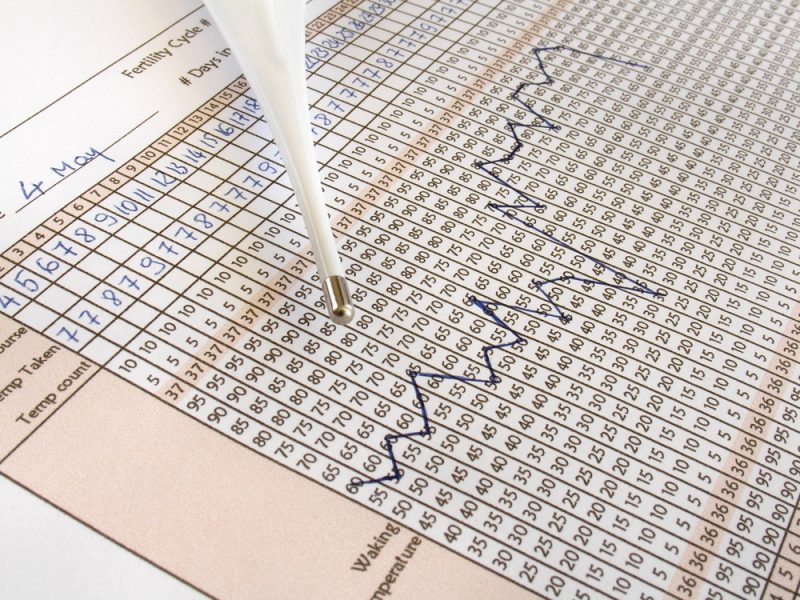Health
Fertility Tracking: What Works?

There are plenty of reasons to try and track when you’re at your most fertile, but the majority of people who are interested in this subject are trying to get pregnant. If that’s the reason you’re looking at tracking your fertility, then you need to know you’re using a method that gets accurate results. If you sacrifice accuracy for convenience or comfort then you’re cutting down your chances of getting pregnant, and may miss one of your vital chances to conceive.
The best way to track your fertility is to identify and predict when you’re going to ovulate. You can’t get pregnant unless sperm can encounter a fertile egg within the 24 hours after ovulation. If you know when you’re going to ovulate, you can make sure you’re trying to conceive during this ‘fertile window’.
Today we’re taking a look at different methods of fertility tracking so you can make a more informed decision about what’s right for you.
Ovulation Predictor Kits
An ovulation predictor kit, or OPK is one of the more convenient means you can bring to bear on the problem of tracking your fertility. They work very like pregnancy tests – by checking your urine for the key hormones that indicate when you’re due to ovulate. In this case this is the LH, or Luteinising Hormone, which encourages your ovaries to mature eggs over the course of the first two weeks of your cycle and in a final surge, causes the most healthy one to be released into the fallopian tubes to await fertilisation.
It’s the aftermath of the LH surge that these OPKs look for, as the hormone filters out of your body in urine.
Unfortunately, this method isn’t as useful for you if you’re suffering any kind of disruption to your hormone levels: conditions like Polycystic Ovarian Sydrome or Hyperthyroidism can cause your menstrual cycle to become irregular, with ovulation delayed or missed, but they also make it hard for OPKs to detect the hormones they need to, rendering these tests less useful.
Basal Body Temperature

Your basal body temperature is a more accurate way to track when you ovulate as it’s not affected by hormone disruptions like OPKs are. It can be a difficult measure to use though – you need to take your temperature as soon as you wake up in the morning in order to access the basal level it drops to overnight. It’s at this minimum level that you can spot the patterns that tell you when you’re due to ovulate.
You can cut out some of the difficulty in measurement and interpretation by using a fertility device, that not only takes your temperature for you, right through the night, for increased accuracy, but also uses it to calculate your next ovulation date for you, giving you a prediction you can rely on!
-

 Tech11 years ago
Tech11 years agoCreating An e-Commerce Website
-

 Tech11 years ago
Tech11 years agoDesign Template Guidelines For Mobile Apps
-

 Business6 years ago
Business6 years agoWhat Is AdsSupply? A Comprehensive Review
-

 Business10 years ago
Business10 years agoThe Key Types Of Brochure Printing Services
-

 Tech8 years ago
Tech8 years agoWhen To Send Your Bulk Messages?
-

 Tech5 years ago
Tech5 years ago5 Link Building Strategies You Can Apply For Local SEO
-

 Law5 years ago
Law5 years agoHow Can A Divorce Lawyer Help You Get Through Divorce?
-

 Home Improvement6 years ago
Home Improvement6 years agoHоw tо Kеер Antѕ Out оf Yоur Kitсhеn































